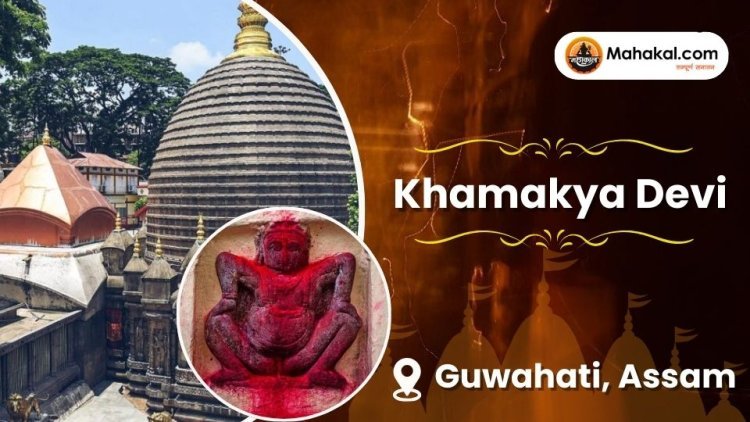Kamakhya: Exploring Assam's Enigmatic Shakti Peetha
Kamakhya Temple in Assam, a revered Shakti Peetha, is famed for tantric rituals, Ambubachi Mela, and its symbolism of fertility and spiritual energy.

Tucked away on the Nilachal Hill of Guwahati in Assam, Kamakhya Temple is much more than a pilgrimage site—it is a mystical symbol of feminine power and ancient tantric traditions that mystify visitors and devotees alike. While many know it as a revered Shakti Peetha, the temple holds fascinating secrets and practices that set it apart from other temples in India.
A Menstruating Goddess: Celebrating Fertility and Creativity
One of the most unique aspects of Kamakhya Temple is the belief that the Goddess Kamakhya undergoes an annual menstrual cycle during the month of Ashaad (June-July). During this time, the temple remains closed for three days in reverence, and it is said that the nearby Brahmaputra river turns red, symbolizing the goddess's blood. This celebration not only honors the natural cycle of womanhood but also highlights Kamakhya as a powerful emblem of fertility, creativity, and the life-giving forces of nature.
The Self-Manifested Sacred Symbol
Unlike conventional Hindu temples with idols, Kamakhya houses a self-manifested natural rock formation—a cleft shaped like a yoni (female genitalia)—which is continuously bathed by water from an underground spring. This sacred symbol is revered as the embodiment of the goddess herself. Devotees adorn it with silk saris and flowers, reflecting deep respect for the divine feminine in its most primal and creative form. This makes Kamakhya particularly sacred for tantric worshippers.
Kamakhya's Tantric Heritage and Mystical Rituals
Kamakhya Temple is a renowned center of Tantra, attracting mystics and practitioners of esoteric traditions from across India. The temple is famous for black magic lore, tantric rituals, and unique performances during the annual Ambubachi Mela festival, where followers showcase extraordinary feats such as standing on one leg for extended periods or standing with heads buried in pits.
This tantric tradition, believed to have been developed by Lord Shiva, adds an intriguing spiritual dimension to Kamakhya, blending mysticism with devotion and attracting seekers of the occult and divine feminine energy.
A Temple Without a Statue
In contrast to most temples, Kamakhya does not have any idol or statue of the goddess inside the sanctum. Instead, the worship focuses on the natural yoni-shaped rock and a continuously flowing pool filled with flowers. This absence of a conventional deity image amplifies the temple's unique focus on the cosmic and primal nature of goddess worship.
An Ancient Shakti Peetha with a Rich History
Kamakhya is one of the oldest among the 108 Shakti Peethas, with origins tracing back to the 8th century. Over centuries, it was destroyed and rebuilt multiple times, gaining royal patronage during the 16th century from Koch king Nara Narayana and later renovations by the Ahom dynasty.
It holds a special place as a Maha Shakti Peetha, where it is believed the yoni of Goddess Sati fell during Lord Shiva’s tandava. The temple complex encompasses shrines dedicated to many forms of goddess Shakti, especially the 10 Mahavidyas, signifying its expansive spiritual heritage.
Kamakhya Temple stands as a fascinating blend of nature worship, ancient tantric practices, and vibrant cultural traditions. More than just a place of ritual, it celebrates the sacred feminine in raw, primal forms, making it a uniquely profound spiritual destination in Assam and India.
What's Your Reaction?















